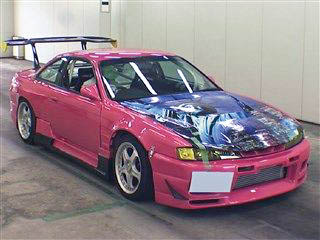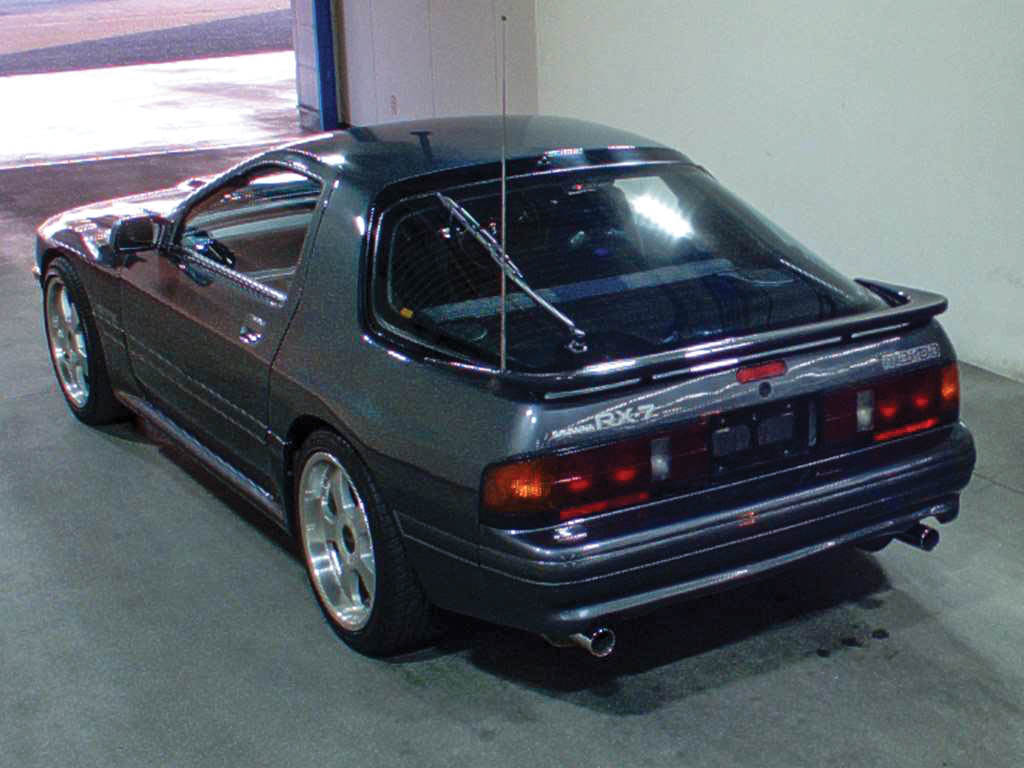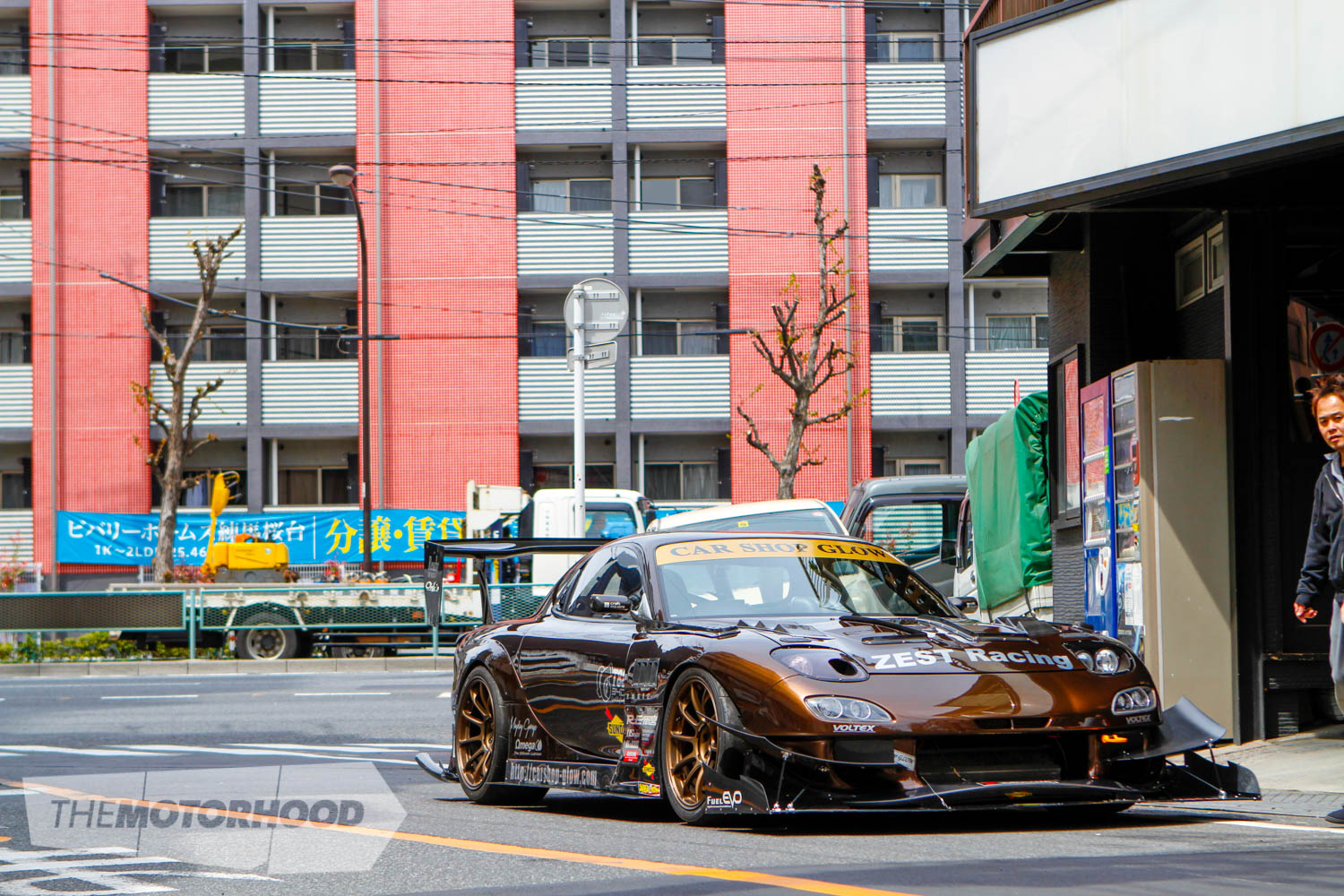
Over the following few months we will dive headfirst into the mystical art of building a street car, to bring you a comprehensive step-by-step guide of the process. We’ll start by looking at how to source and import a car from Japan, and move on to modifying the internal and external engine components, wiring in an aftermarket ECU and getting it tuned, upgrading the driveline to suit your new-found power, getting the car to sit at the perfect height and making sure that it has the required stopping power, flaring those guards and tucking your favourite set of wheels beneath them, then seeing them shod in the correct rubber, painting some metal or wrapping it in vinyl, tinting the windows, installing a big e-points body kit, and and tricking out the interior with the vital instrumentation, seats and belts. The possibilities are endless, and we will explore them all.
In this month’s instalment we’re looking at how you can source and import your perfect project base car from the motherland. Everyone knows that the main local auction website and Facebook trade groups simply won’t turn up what you’re looking for, or not at the right price, and you’ve no doubt been frustrated by all those super-cheap examples popping up for sale in Japan online, but never known how to go about laying down some cash to get them here.
Don’t sweat it. We’ve got you covered — the process isn’t as scary as it looks, and with the help of the right people it can be a relatively straightforward task if you have the patience.
To make sure you know all the ins and outs of how to get the job done before ponying up a fat stack of cash at the risk of receiving a dunga, we sat down with a few of the top players in the industry to ask them all your burning questions, and to break down just how easy it can be.
Importing
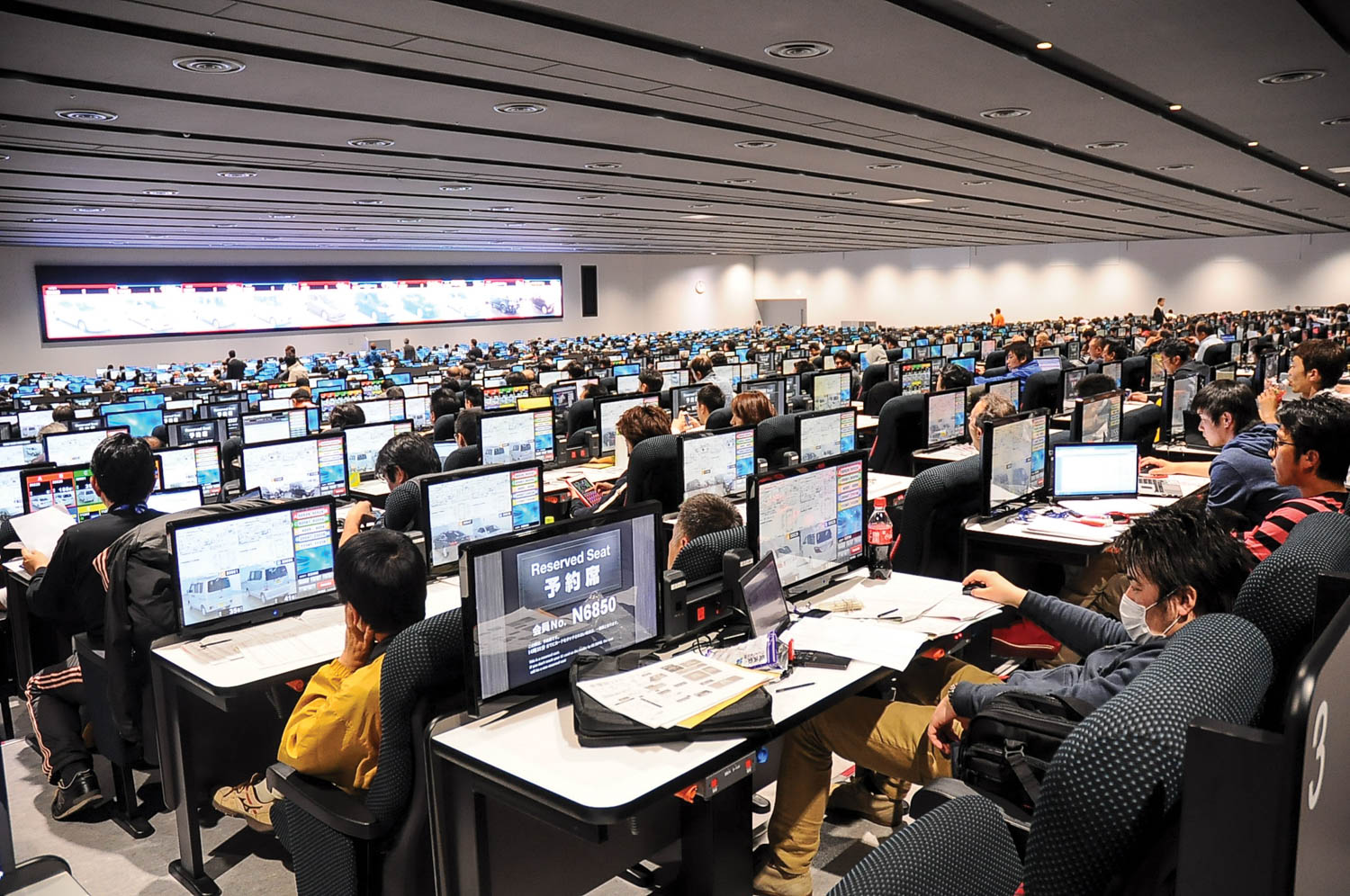
One of the largest concerns about importing a car is the distance. How can you inspect the car to make sure it is as advertised, especially as there must be as many dodgy dealers in Japan as there are here in New Zealand? That’s true, but the Japanese car-sales system is different to what we are used to. For starters, person-to-person sales are non-existent — Japanese law requires them to use intermediary dealers to oversee the sale. This has created a booming market for what have become Japan’s famous auction houses. Accurate figures of just how many vehicles go under the hammer each year are hard to determine, and writing such a number in a paragraph would be a formatting nightmare — just know that it’s huge.
The Japanese are known for their quick succession of cars, and they tend only to hold onto a new example for five years. This generally is due to all the bureaucratic hoops you are required to jump through to keep a car on the road — weight tax, vehicle inspection, and compulsory insurance, often referred to as the shaken. Upon purchasing a new car, the owner has three years until those hoops appear, and cash starts draining from their bank account.
After you survive such a bloodbath of payments, it repeats every two years, and can cost an easy ¥100,000 a pop. The cause and effect of this is people tend to sell their car before the shaken comes around, and dealers will often take care of it before selling again, so potential buyers have another two years to go (if you can find a car that is about to be struck by the shaken, it will sell cheaper for that simple fact, and you won’t be required to jump through those hoops when exporting it — win, win).
Such laws aside, there is a preconceived expectation that all Japanese owners take meticulous care with car maintenance. Although this may be true in many cases, and vehicles often come with a full service history, there are still a number that are poorly looked after and are trying to fly under the radar to avoid detection. Care must be taken when buying from auctions, which tend to operate online for foreign buyers — this is where you will find well-priced cars and the biggest lemons, all in one place. You’ll be buying from an auction sheet and, depending on your agent, an inspector’s report. The closest you will get to the car yourself is the translated text from the auction sheet, and typically three photos. However, reputable auction houses go over the cars with a fine-toothed comb before listing, and grade them accordingly, which helps cut risk.
The trick is to choose an agent you can trust …
How do I find cars for sale in Japan?
Ash from Carwebs told us, “We have inspectors and buyers at 95 per cent of auction houses in Japan, we only steer clear of a few — like Sapporo — due to rust issues with the salted roads. If you register on the Carwebs site you can view over 60,000 cars at auction every day to find the one that suits.
“You specify your maximum bid amount and let us know any special requests, we will send an inspector to check the car before bidding. If the inspector and you are both happy, then we bid on the car, and if it’s won for less, then that is all you pay. You will need to pay about 80 per cent of the full landed price to buy the car and have it shipped with the remaining 20 per cent payable on arrival. Half of the cars that go through auctions and don’t sell end up as fixed-price-offer vehicles — usually 100km-plus cars are available at all times.”
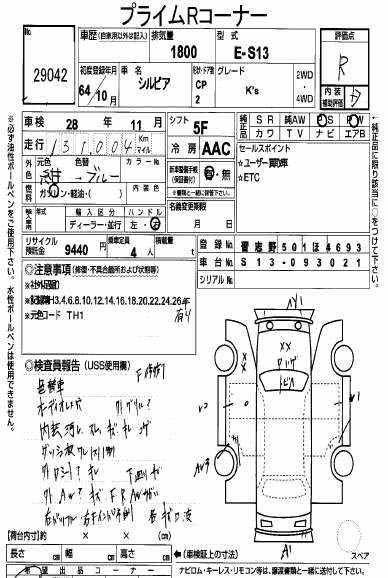
How do I read an auction sheet, and what key bits of information am I looking for?
“The auction sheet is provided in Japanese, naturally, and covers off a range of information. Carwebs arrange a full translation of the auction sheet comments for the car you are bidding on. The key things are year, mileage, engine, gearbox, and grade. It includes comments on the car’s overall condition, which can range from a stone chip on the windscreen to minor scratches, and up to large dents and paint fade. Anything that is found to be of concern — and most auction houses are extremely detailed — will be noted down. They’ll also list aftermarket components; things like Tein shocks, an HKS exhaust, gauges, and other goodies — although these extras may need a Low Volume Vehicle (LVV) Certification on arrival. The main things to look out for here are: will it comply in New Zealand, does it have rust, is it accident-free, and has the odometer [been] verified?
“The Carwebs inspector in Japan can conduct an inspection, and if the car does not have the features you are looking for, or it comes up with any faults not mentioned in the auction sheet, the bid can be cancelled.”
What sort of protection do I have as a buyer, being that it’s in a foreign country?
“Carwebs have been importing cars from Japan since 1991, are MTA dealers, and offer a full money-back guarantee that the car will arrive in the condition described.
“We do our best to point out any possible issues, and advise any potential problems, but things like battery replacement and worn tyres would be at additional cost, if needed to pass a warrant of fitness.”
What do the grade ratings mean?
This is a standardized system for rating a car’s interior, exterior, and overall condition. Although some auction houses tend to be stricter than others, it’s the best way to determine the car’s condition prior to inspection.
S: car is less than 12 months old and under 10,000km.
6: car is less than 36 months old and under 30,000km.
5: car has under 50,000km, the exterior may have minor scratches, scrapes, or dents.
4.5: car has under 100,000km, the exterior may have minor scratches, scrapes, or dents.
4: car has under 150,000km, the exterior may have scratches, scrapes, or dents.
3.5: the car has some noticeable larger scratches, scrapes, or dents.
3: the exterior has large scratches, scrapes, or dents that require panel work.
2: in very bad condition.
1: modified engine and/or gearbox, flood or fire damage.
R: car has minor accident damage that has been repaired.
RA: car has major or structural damage that has been repaired.
Repair grades will get flagged at the port in Japan, and are harder to get off, although they are cheaper to purchase. You need to know what’s going on, and have some experience dealing with these types of vehicles. They’re generally not for the first-time buyer.
Carwebs
carwebs.co.nz
09 577 3540

Can I import any car I want or are there limits?
Gregg from Import 4 Less: Car Import Lounge said, “Technically you can import any car you want — be it Japanese, European, American, and others — however, if you want to drive it on the roads here, it will need to meet one of three categories.
“The first is the 20-year rule: any car that is over 20 years of age, no matter what age, engine, drive side, etc. is able to be complied if it is deemed safe for New Zealand roads.
“This is a rolling effect, meaning that a vehicle with the manufacture date of January 1997 won’t be compliable now, but come January 2017 it will meet the requirements. This eliminates anything 1997 to around 2004 [depending on car] at the present day.
“The second category is emissions requirements: starting around the 2004 manufacture year, a car can be complied based on its emissions. This can be identified on the chassis code. If it has a two-letter suffix, it does not meet New Zealand’s emissions requirements, however, some two-digit vehicles, mainly European, may be able to apply for a Statement of Compliance (SOC) for fuel emissions — this can be obtained prior to the car leaving Japan.
“A three-letter suffix will meet New Zealand’s emissions requirements and can be complied. This is where a lot of people make the mistake of thinking because there are already cars, like an S15, here, that they can be imported and complied, but those would have been purchased under the old import rules, which no longer apply.
“The third is a special interest vehicle: some cars between 1997 and 2004, and up to 2016 [if it doesn’t meet the other requirements, e.g. left-hand drive cars], can be granted exemptions from the other two categories based on a series of criteria. You must be a New Zealand citizen or resident and not have imported a car under the scheme in the last two years, it must be classed as ‘high-performance’, or considered a collectible vehicle, with fewer than 20,000 units produced, must have a coupe or convertible body, and the car must be in the country prior to applying. This is the riskiest scenario, as only 500 permits are issued per year, and NZTA won’t disclose how many permits have been issued until you have already begun the process.”
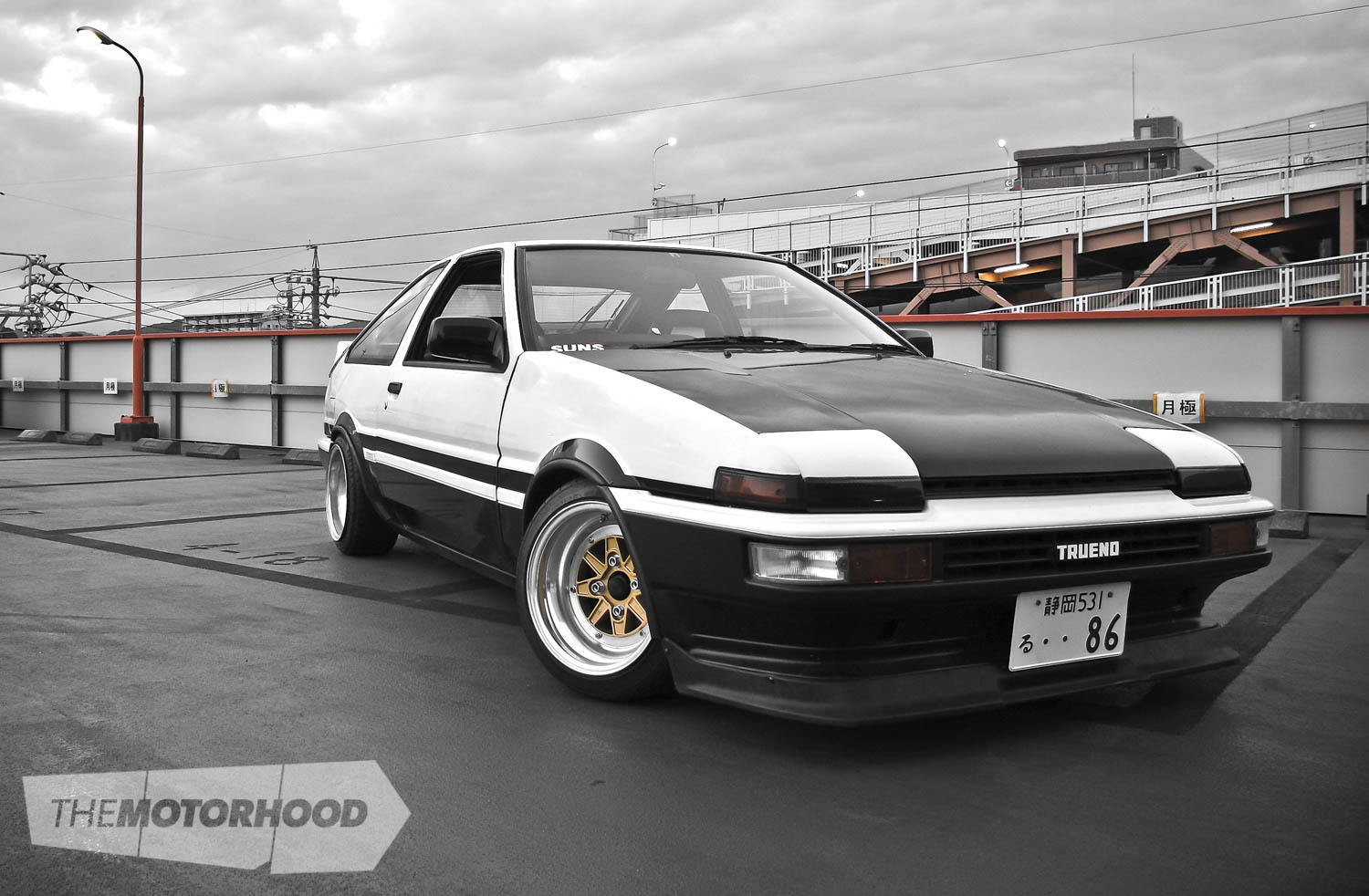
What kind of costs need to be considered?
“There are a few to think about: the purchase cost of the car in Japanese yen (¥XX) and agent fees (¥60,000 to ¥120,000), factoring in the exchange rate, shipping ($1395), customs GST (at 15 per cent), Import 4 Less fee ($1750), and compliance ($300), plus required repairs ($XX), and registration ($250).”
Can I import a car from any country in the world?
“We can also import vehicles from the United Kingdom and America. However, the costs and requirements do change depending on where the car is coming from.”
How long does the shipping process take to get it into New Zealand?
“From the day of a successful bid to on the road here will be roughly five to seven weeks, if all goes well. It’s broken down as follows. Two weeks in Japan for purchase and moving the car to a quarantine zone at the ports, where it is checked for three things — radiation test, odometer certification, and a MAF biosecurity check. It is also then checked for structural damage and flagged if necessary. A further three weeks is allowed for shipping if the boat travels via Australia, or two weeks if direct to New Zealand. You can then expect around a week or so to get the car off at the port and complied — assuming no, or minimal, repairs are required.”
Import 4 Less: Car Import Lounge
import4less.co.nz
03 528 8992 / 022 393 8300
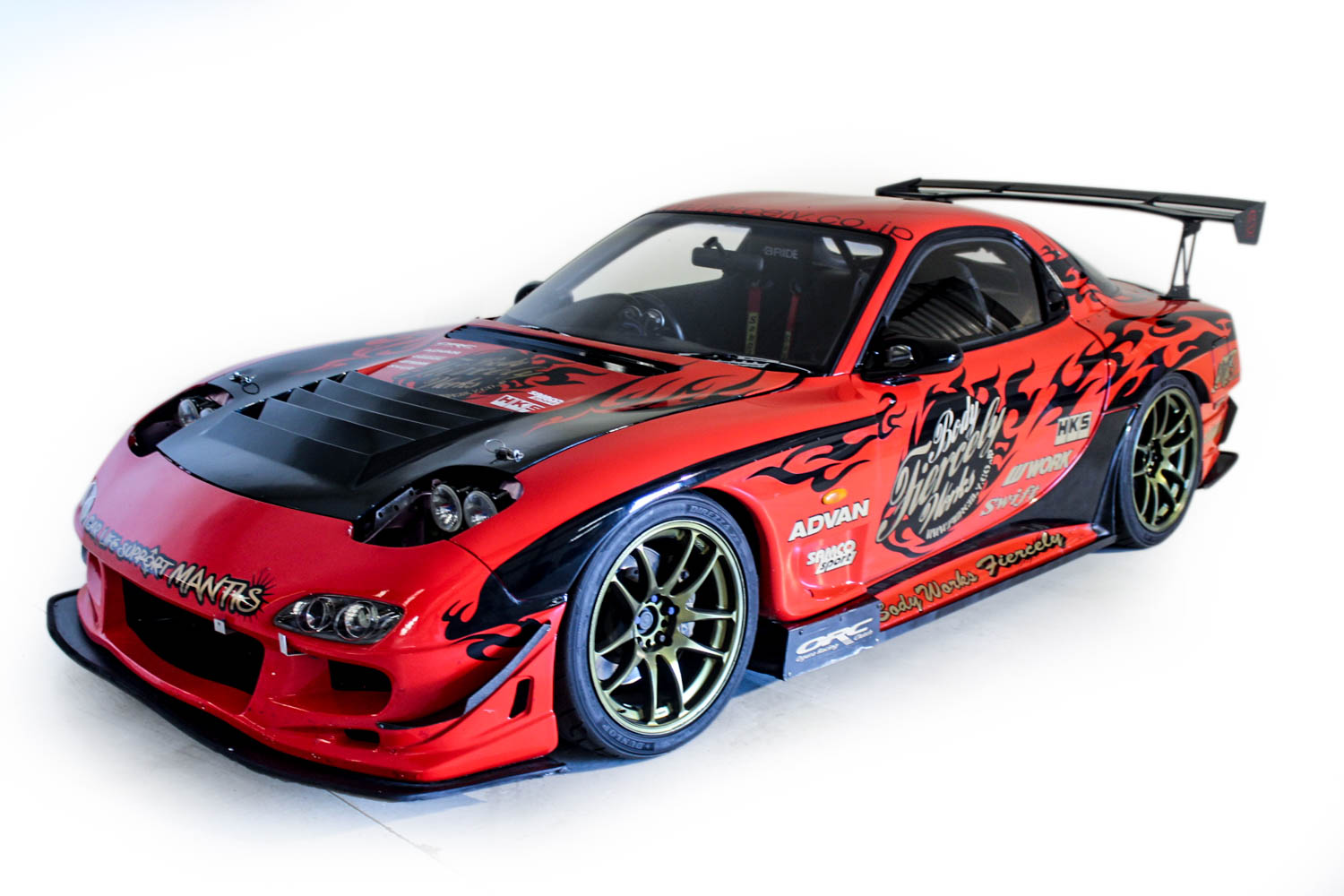
How do I track down modified and high-performance cars?
Leon from NZ Motorsport Imports said, “The majority of these kinds of requests are sourced through private sellers, specific dealers, or local workshops. These types of sales operate differently than your standard auction house process and do not come with detailed auction sheets and condition grades — it’s highly recommended to have a car sold this way independently inspected to ensure condition, what parts are included, and the rest.
“Clients are often after a particular car or one with specific components: the Mazda RX-7 has been the biggest request over the last few years. So much so that tracking down one worth importing has actually become a bit harder, as they are in such high demand. Other popular models include Mitsubishi Evos and Subaru WRXs. Hopping over to Europe, there has also been a big demand for BMW M5s, Lexus ISFs, and Mercedes-Benzs.
“Depending on the request, a car can be found within three days, or up to three months if it’s quite rare. We take it on a case by case basis, and try to help clients understand how it all works so everyone is realistic on what they are going to get.”
Can I import anything I want, or are there limits?
“For compliance, you will need LVV Certification. Most things are able to be certified, although there may be components which need to be removed and returned to factory, as there is no way around it, but that isn’t often. The only modifications we tend to avoid are those done to the chassis, firewalls, and transmission tunnels — mainly due to structural concerns, and if they do not meet the required standards, they are expensive or impossible to remedy.”
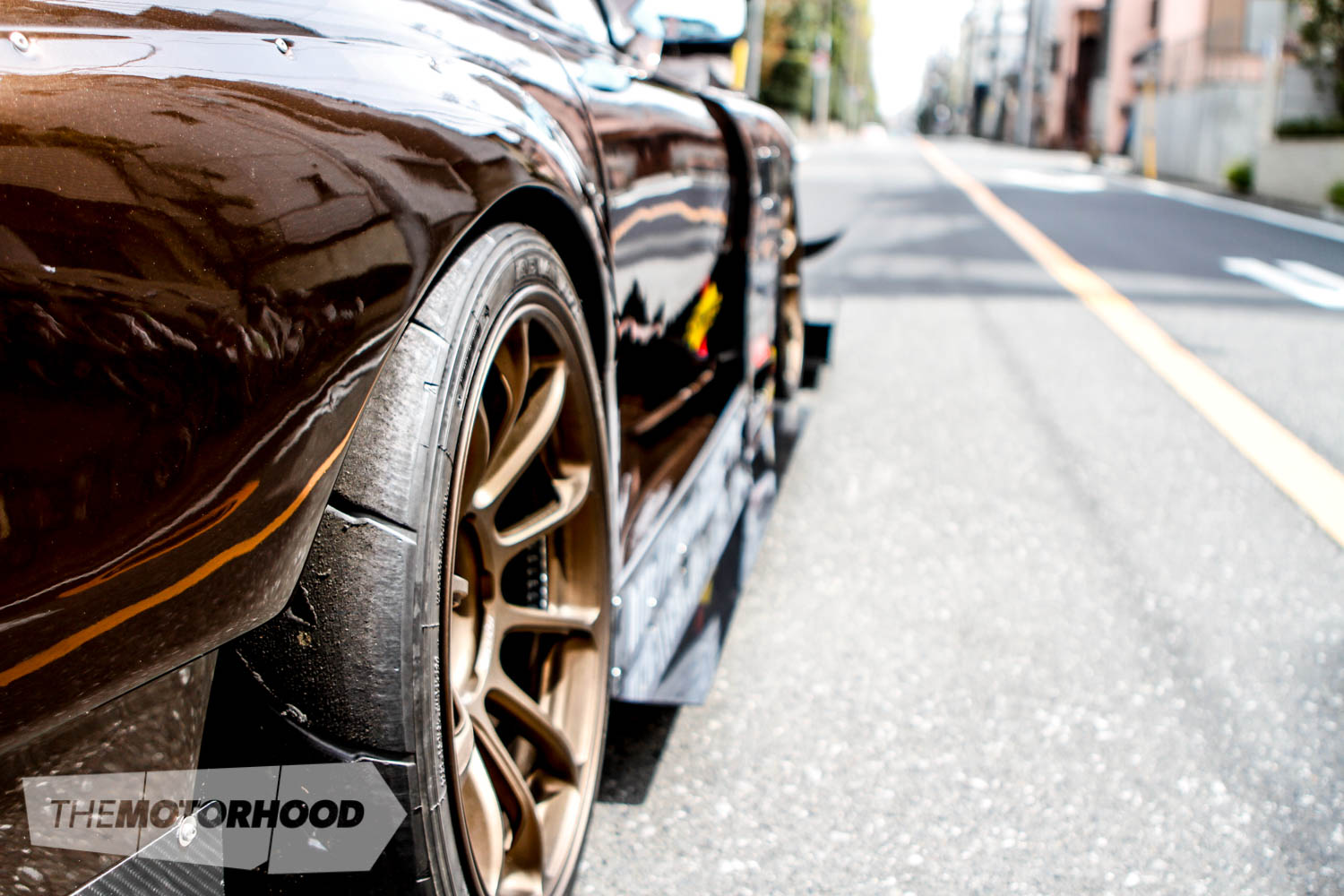
What cult classics are able to be imported, coming up to the 20-year rule?
“It’s definitely the Mazda RX-7, as each year ticks over there are more and more requests for the latest model to meet the 20-year exemption. Unfortunately, now we have to not only fight the UK and Russia for cars, but the Americans with their 25-year exemption opened up the R32 and R33 GT-Rs to their market.
“This has sent prices sky high, as they are paying whatever it takes to get their hands on them, and it’d be impossible to buy a good-condition example for under $30,000 now. That is a bonus for anyone who already owns one, though, as they will be considered a collectors car and draw a premium — hold onto the good ones …”
Any tips and tricks for the readers?
“Be realistic when looking. Some cars will command a higher price when they are in demand, and even if you find a good, cheap example, there are still other costs to factor in. Don’t be put off by that, as it is still cheaper than buying locally in most cases, but don’t expect the world for nothing — the R32 GT-R that you’ve found and bought without inspection for $7000 may look good from the photos, but when it lands with $19,000 worth of rust repairs needed, it’s a different story.”
NZ Motorsport Imports
nzmotorsportimports.co.nz
0800 486 287
Compliance

Before you can hit the streets to show off the neck-breaking new car you’ve just imported, it will require a few checks and a bit more cash to be handed over. As with importing, the same principle goes: once the car has landed, find a compliance centre that understands the process correctly, has a good reputation, and knows what your vehicle requires. Not only will that make the whole process easier for yourself, but it takes care of your safety, too — no one wants dodgy-bloke Jim passing a car that will send you flying into a barrier in a month’s time when the wheel bearings blow out …
The basic requirement is an entry certification (also known as compliance). This process actually starts in Japan, with NZTA agents on the ground at major ports, and once safely in New Zealand, an inspector will begin the rigorous check of the car to make sure the vehicle meets New Zealand standards, and that there hasn’t been any structural damage, rust, or key component failures missed on the previous inspections. An inspector will take a good majority of the interior out to achieve this, and if you are using a compliance centre that isn’t known for its suitability, damage can occur — the most common being broken trims and clips, which may not seem like a big deal on the grander scale, but nonetheless is still frustrating on your new car. They will also get the car up on a hoist to check the underbody, removing the wheels to look over all the steering and driveline components to flag for wear and tear. As mentioned earlier, the Japanese tend to look after their vehicles, but that doesn’t save you from parts being worn out or not meeting New Zealand standards.
At the end of the inspection, if the car does not require any repairs, it will receive a Warrant of Fitness and you will be given a document called an ‘MR2a’ (no relation to the famed Toyota model), which is an NZTA-issued document to allow the owner to register the car for use on New Zealand roads — note that this needs to be done prior to driving the car on the road, as it is not technically legal until the MR2a has been filled out, paid for, and plates/registration have been issued. If the vehicle does need repairs to meet New Zealand standards, you can have these completed at a relevant workshop, and most compliance centres will offer these services. If the car has previously had, or requires, structural repairs, then these repairs will need to be inspected and approved, by an authorized repair certifier — commonly referred to as an engineer’s report — and once completed will continue on to the MR2a stage as previously mentioned.
For modified cars, which is what many of our readers will be interested in, the process is much the same, and if the car arrives with components that are considered to add up to ‘extensive’ modifications — coilover suspension, steering components, engine swaps, manual conversions, tube-framing, etc. — it will require LVV Certification. On occasion, a modification simply won’t meet the required standard, even for LVV, and you will need to return it back to the factory (the easiest route) or to an acceptable standard (suitable aftermarket equivalent).
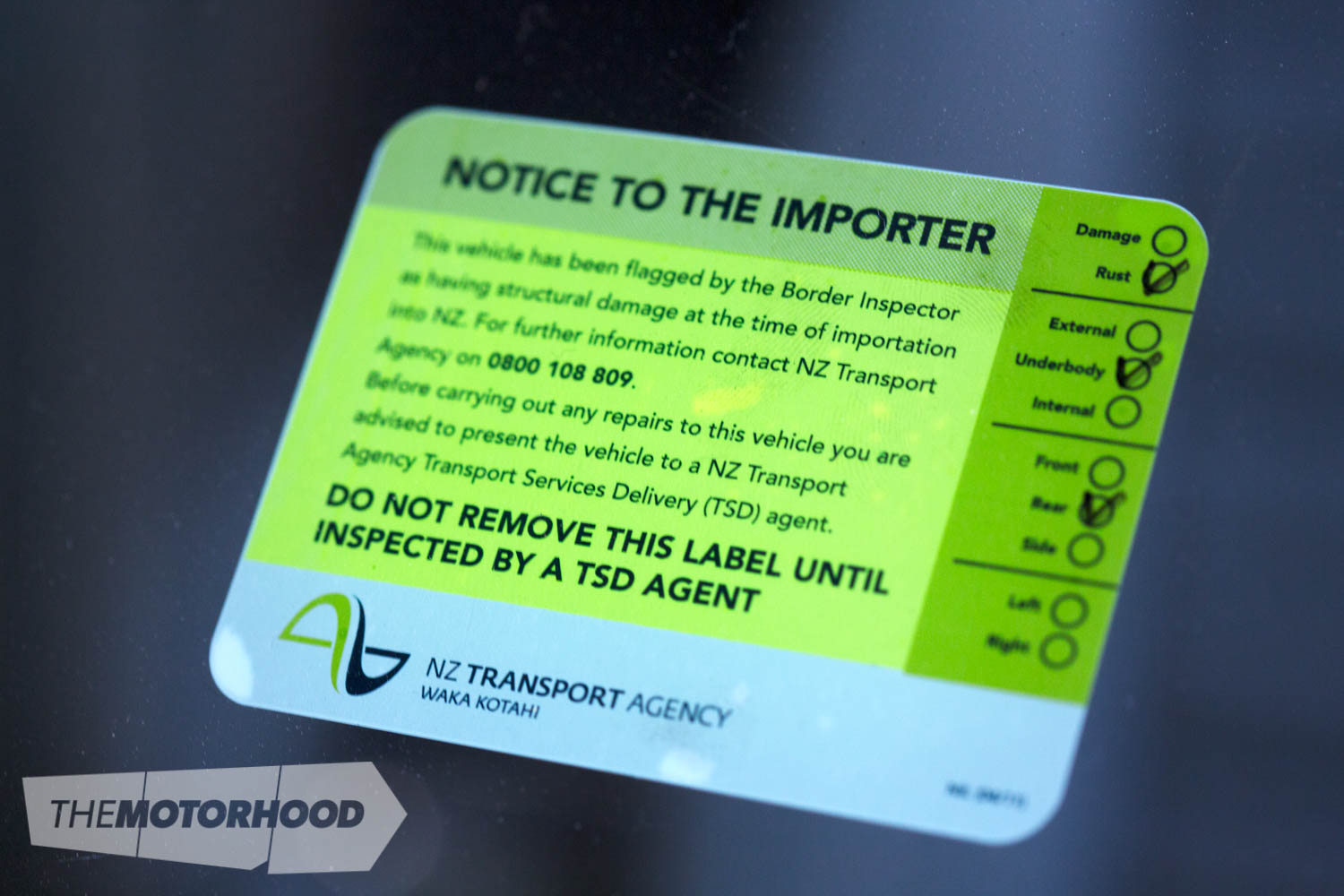
What is compliance, and why do vehicles need to be complied — can’t I just drive it off the boat?
Chris from Real Motors Compliance Centre told us, “In the late 1990s all domestic production of motor cars in New Zealand stopped, and since then New Zealand has relied on the import of their vehicles.”
“The key country of origin for used cars continues to be Japan, with 11,286 Japanese used cars imported last month — it was the country of origin for 91 per cent of all imported used cars for the month. Not many people realize that the compliance process actually starts over in Japan, once a vehicle has been purchased for permanent export to New Zealand.
“The car will go through a pre-shipment inspection. This includes a biosecurity screening for both the interior and exterior, Japanese deregistration, and a brief structure inspection to check for physical damage or rust, which will be flagged if found. The vehicle details are then entered into the NZTA database — all the stages mentioned above are regulated by the NZTA.
“Once the vehicle arrives in New Zealand, the car will need to clear a few more checks at customs. It will then go on to entry certification. The result of this procedure is a nationwide fleet of safe, strong, and secure vehicles on New Zealand’s roads.”
How is a vehicle complied, and what is being looked for?
“Once a vehicle is presented for entry certification [compliance], a vehicle inspector authorized by NZTA will oversee documentation relating to the vehicle, including the original Japanese export certificate, shipping documentation, ownership, and identification.
“When this is completed, the rest of the vehicle details will be entered into the NZTA database. Japanese cars use their chassis numbers as a VIN number, however, in New Zealand the car will be assigned a 17-digit VIN number, which will be fitted on a small plate in either the engine bay or on the inside edge of the door wells.
“The interior of the car is then disassembled for the inspector to check the seat and seat-belt anchorages, as well as interior structure. While doing this the inspector is looking for evidence of rust or previous repairs to the car — there is a zero rust tolerance here.
“It’s then lifted on a hoist, and the wheels, brakes, and under-panels are removed. The inspector measures all friction material of the braking system while conducting an extremely thorough underbody inspection. When that has been completed, the car continues onto a warrant of fitness inspection.
What are the most common things needing to be addressed for compliance?
“There are a surprising amount of common problems with vehicles from Japan, however, most of them can be attributed to the environment the car has come from. For example, if the vehicle is fitted with snow tyres, the car will more likely than not be from the northern region of Japan. This is where the roads get icy.
“Because of this, the Japanese transport department adds salt to the roads, to reduce ice so road users get better traction — the downside of this is the salt on the road will cause most cars to acquire a large amount of rust throughout the underbody of the car.
“Also, due to the lack of general maintenance in Japan, most of the vehicle’s consumable items such tyres, brakes, and small suspension components (bushings, etc.) will need to be replaced during the compliance process.”
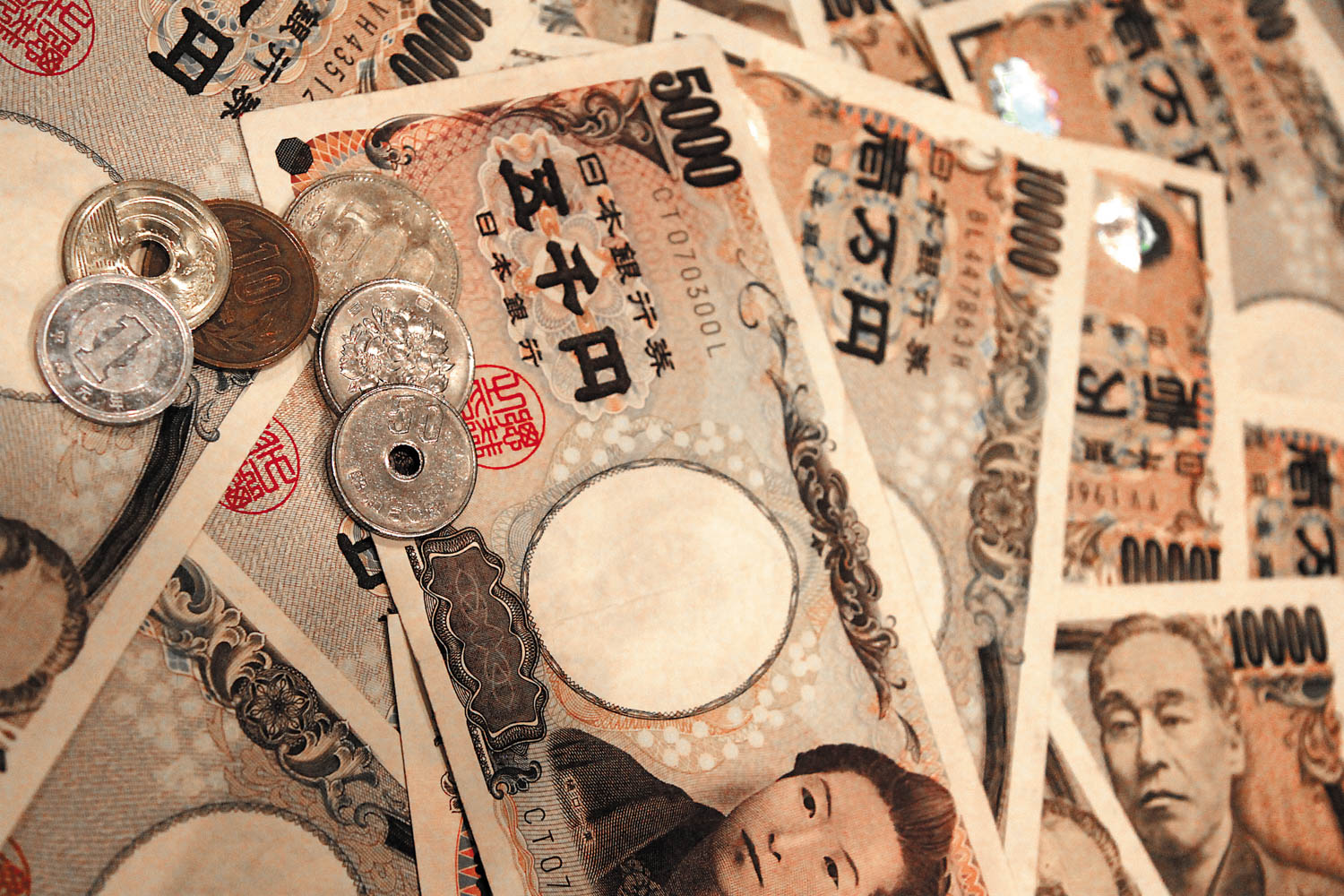
What are the costs involved and how long does it take?
“Depending on where you go, entry certification [compliance] can cost up to $500, plus any repairs that are required for the car to pass. You then need to factor in registration, which is generally around $400 on top.
“The whole process is pretty quick, and we can usually have the car on the road within three working days, unless further repairs are required.”
If my car is heavily modified, what happens?
“It’s extremely common to see modified vehicles coming out of Japan due to the street-car culture and relaxed rules on modified cars. When the car has completed the compliance inspection, the car will be ‘failed’ as it is modified in a manner that requires LVV Certification — for example, because it is fitted with an aftermarket set of coilover suspension.
“The owner will then have 28 days to have the modification certified and an appropriate LVV plate fitted to the car. Then it’s just as you would do for a failed warrant of fitness — the car can be rechecked and passed.”
Real Motor Compliance Centre
Search ‘Real Motor Compliance Centre’ on Facebook
09 813 3100





